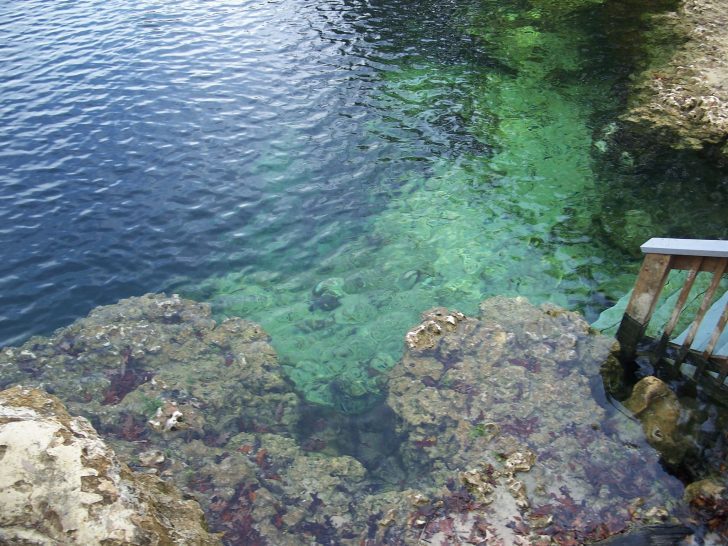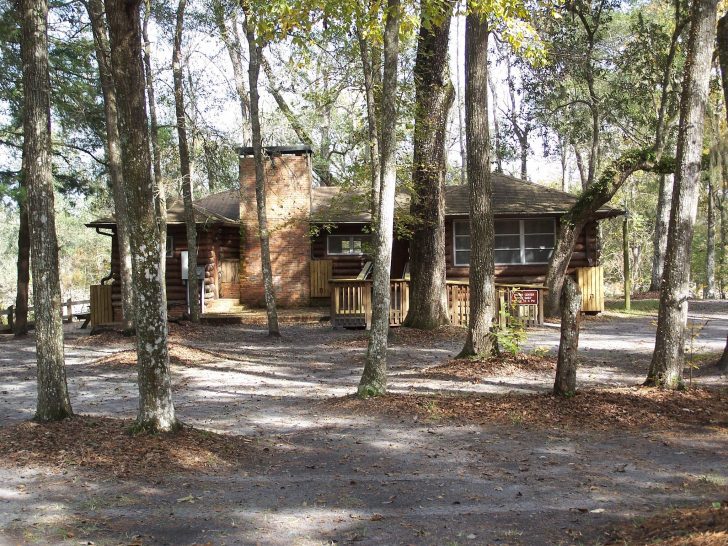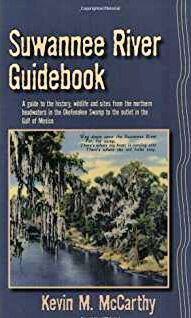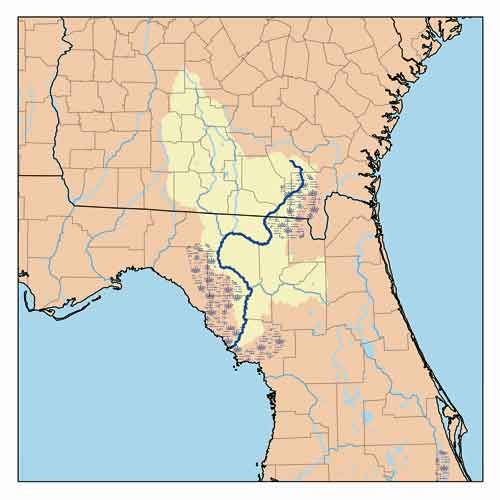Florida Waterways
“The Madison Shipwreck in the Suwanee”
By Kevin McCarthy
CAPTIONS
Clear springs at Troy Spring State Park
Visitor center at Troy Spring State Park
Madison remains in spring
My Suwannee River Guidebook
My Florida shipwreck book
The Suwannee River from Georgia to the Gulf
With a coastline of about 1,350 miles, Florida ranks behind only one other state: Alaska – with its 33,904 miles of coastline. And that does not count the miles of land bordering rivers and lakes and other bodies of water in both states. Because the Florida peninsula sticks out toward the Caribbean and Atlantic Ocean, it has been subject to storms, including hurricanes, for thousands of years. Those storms, battles, and human error have caused many ships to sink. In fact, historians and archaeologists have documented over 2,000 shipwrecks along our coast.
And while we usually think that shipwrecks occur in the ocean, in fact our rivers have seen their share of important ship sinkings, especially during wars. Such shipwrecks have allowed many divers to explore them, photograph them, and report on the many fish that make their home in the wrecks. Some ships, deemed to be past their useful above-water life, have been deliberately sunk to make artificial reefs.
The Suwannee River has several shipwrecks, one of which was deliberate. Visitors can still see that vessel, the Madison, in present-day Troy Spring State Park about six miles north of Branford off U.S. 27. The captain of the sunken Confederate sidewheel steamer, James Tucker, deliberately scuttled her in 1863 to keep her out of Union hands during the Civil War. The picture here is reprinted with permission of the Suwannee Democrat newspaper and shows the remains of the vessel when the river is low.
The Madison was one of several steamboats that went up and down the river from the middle of the nineteenth century till about 1922. The vessels would take goods to and from Cedar Key, and would supply towns along the Suwannee, not only with food and building materials, but also with new settlers.
Captain Tucker was from Kentucky, but lived in the Florida town of Madison, after which the vessel was named. The 99-ton steamboat was 120 feet long and 22 feet wide. Tucker carried the mail along the river and made stops that people could travel to for trading purposes.
Tucker could take the Madison all the way up to White Springs when heavy rains and flooding widened and deepened the river. During the Civil War, when Union gunboats blockaded Florida and other southern states, only fast blockade runners could evade capture. In late 1863, as the noose tightened around the Confederacy, Captain Tucker had his steamboat taken up to Troy Spring and scuttled, with the intention of returning after the war and retrieving her. That might have happened, except that local residents took apart the useful parts of the steamboat, for example her boilers and funnels, to reuse them in producing salt and sugar. The wooden hull, preserved in the fresh water of the river, is a reminder of former days when steamboats played a major role on the Suwannee.
Kevin McCarthy, the author of Thirty Florida Shipwrecks (1992 – available at amazon.com), can be reached at ceyhankevin@gmail.com.






